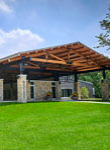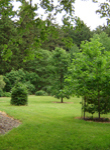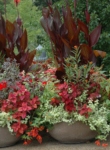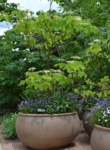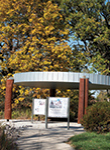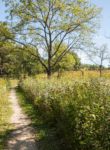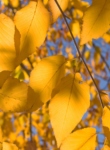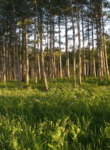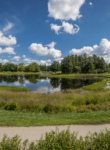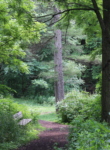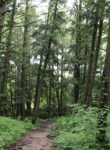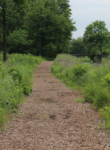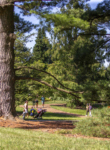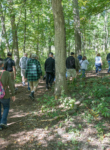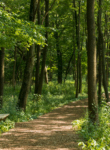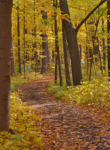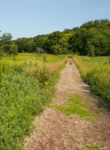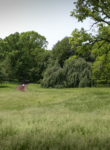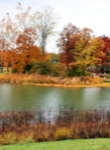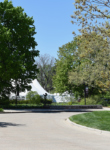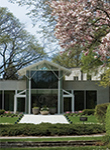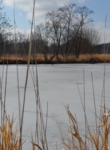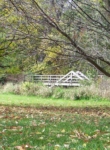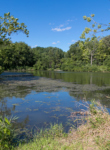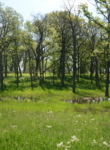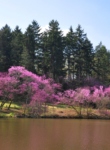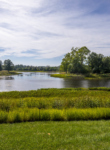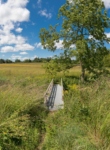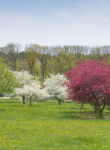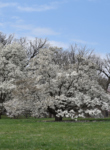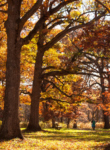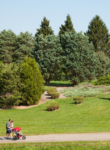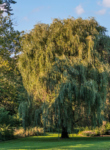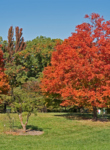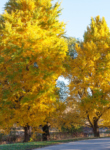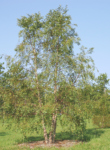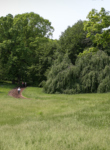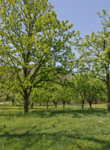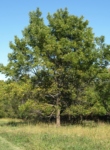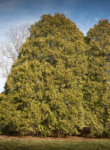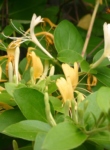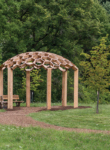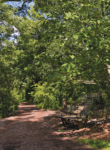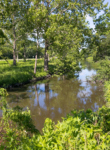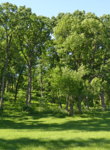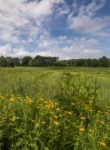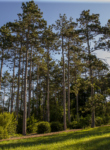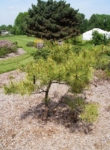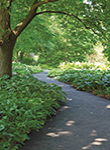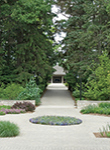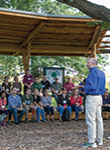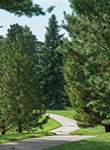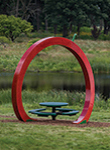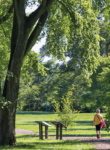Lance-leaved coreopsis is a midspring to early summer perennial with showy, yellow, daisy-like flowers that give off an anise fragrance. This fragrance is instrumental in attracting native pollinators. Its attractiveness to pollinators makes lance-leaved coreopsis a great addition to a prairie or home garden. Lance-leaved coreopsis is easy to transplant and grow, and will quickly fill in open areas. This species is native to the Chicago region according to Swink and Wilhelm’s Plants of the Chicago Region and current research.
Size and Method of Spreading:
Lance-leaved coreopsis typically grows 1 to 2 feet tall and 1 to one-and-one-half feet wide. In ideal conditions, lance-leaved coreopsis can spread aggressively through self-seeding. Deadheading can help to promote additional blooms as well as prevent unwanted spreading. Division every two to three years is recommended to reduce sprawling.
Native Geographic Location and Habitat:
Native to the majority of the continental United States. C-Value: 8.
Pollinators and wildlife:
The aromatic lance-leaved coreopsis is a good plant to attract butterflies, bees, and other pollinating insects. Many songbirds and small mammals are known to eat the seeds of lance-leaved coreopsis. Lance-leaved coreopsis acts as the larval host for the wavy-lined emerald moth. The plant is especially attractive to Melissodes coreopsis, a long-tongued bee that specializes in the pollination of Coreopsis species.
Leaf Description:
The primary leaves of lance-leaved coreopsis are attached at the base (basal) and are long and narrow with sides that are mostly parallel (lance linear or linear), hairless (glabrous) or irregularly hairy, 2 to 6 inches in length with petioles, and mostly smooth along the edges (entire). Some leaves occur on the stems and may be divided with deep cuts in the leaves that resemble feathers (pinnately lobed). These leaves will be attached directly to the stem (sessile), narrow, and will develop in groups of two (opposite arrangement).
Flower Description:
The daisylike flowers of lance-leaved coreopsis include disk and ray flowers. Disk flowers are flat, five-lobed, one-tenth to two-tenths of an inch long, with yellow tips. Six to ten, typically eight, ray flowers are yellow and approximately one-half to one inch long and are often four-lobed with toothed tips.
Fruit Description:
The fruit of lance-leaved coreopsis (orbicular achenes) are dry, winged, circular, and approximately one-tenth to two-tenths of an inch long, often resembling a bug or tick.
Plant Care:
Plant in full sun in well-drained soil. This perennial may need staking in moist, fertile soils. Deadheading flower stems will prolong bloom time. Divide clumps in the spring or fall. Deadheading or division may be required, and avoiding overwatering is crucial.
List of Pests, Diseases, and Tolerances:
In poorly draining soil, crown rot can be an issue for lance-leaved coreopsis. It is deer and rabbit resistant. Somewhat more tolerant of dry soils and a bit longer lived than large-flowered coreopsis.





